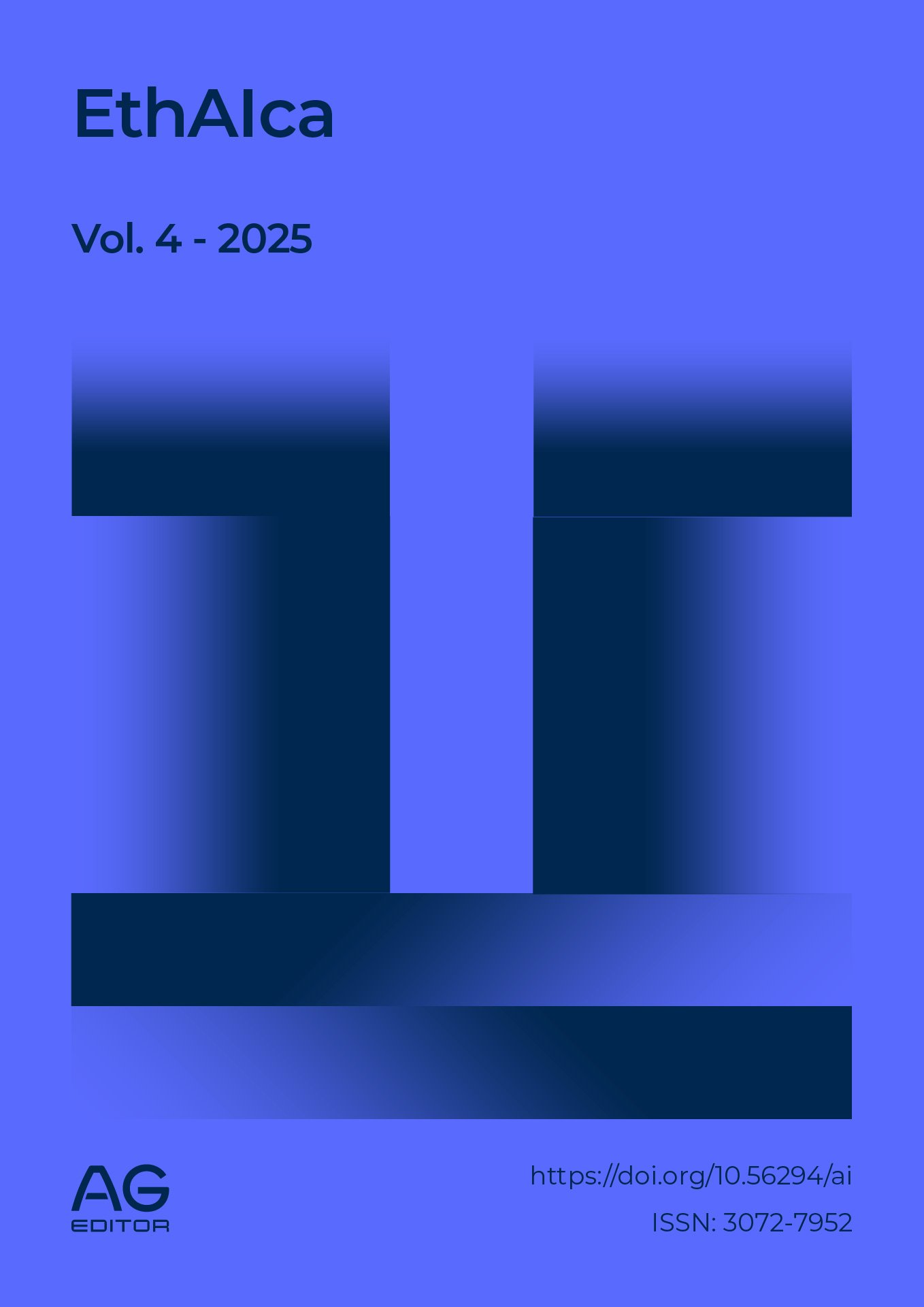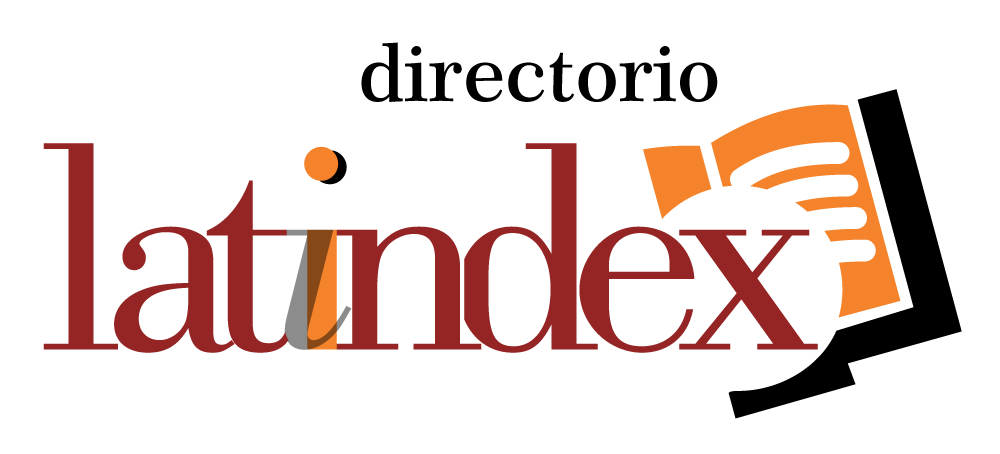Reconceptualizing Higher Education: Challenges of Inclusive Teaching Methods and Digital Innovation in the New Normal
DOI:
https://doi.org/10.56294/ai2025410Keywords:
COVID-19, Digital Technology, Education, Pedagogical Practices, Online learningAbstract
Introduction:
The pandemic has posed unprecedented challenges to healthcare and higher education. It has encouraged faster migration from traditional modes of learning to digital means and called for inclusive and adaptive educational strategies. As institutions begin to redefine their pedagogical approaches, integrating inclusive practices into digital education is paramount for equity and accessibility in this new normal. The intent of this chapter is to investigate the effectiveness of inclusive pedagogical principles within online higher education. The possible issues include teaching methods, learner-centered content delivery, and formative assessments that encourage inclusive e-learning environments in the post-pandemic age.
Methods:
A qualitative review methodology is employed to synthesize current research and case studies related to inclusive digital teaching practices. Through this analysis, the study considers institutional frameworks that support hybridity in time and place, flexible learning models, and advanced digital pedagogies to examine their effect on teaching efficacy and student inclusivity.
Results:
The results show that the flexible learning structure and hybrid pedagogical models have fostered learner involvement and developmental engagement in a significative way. Institutions that merge digital innovation with inclusive teaching strategies show better adaptability to and educational outcomes for varied student populations.
Conclusions:
That study concluded that inclusive digital pedagogy is vital for the establishment of equitable higher education within the new norm. The study recommends that educational leaders intentionally and strategically make decisions that align with long-term inclusive educational objectives. Institutions need to rethink teaching practices to establish accessible, student-centered, and technologically enriched learning environments.
References
1. Bhat SA. New Pedagogies and Digital Technologies Emerging for Mitigating the Effects of Covid-19: An Indian Perspective. International Journal of Indian Psychȯlogy. 2023;11(4). DOI: 10.25215/1104.107
2. Rahman MM, Haque A, Suib FH. The Confronts of Edutourism in the Post-COVID-19 Pandemic Era: A Malaysian Perspective. Intellectual Discourse. 2023 Dec 28;31(2). DOI: https://doi.org/10.31436/id.v31i2.1911
3. Johinke R, Cummings R, Di Lauro F, editors. Reclaiming the technology of higher education for teaching digital writing in a post-pandemic world a post-pandemic world. Journal of University Teaching and Learning Practice. 2023 feb;20(2):1-6. https://search.informit.org/doi/abs/10.3316/informit.T2024111300010701475060145
4. Deroncele-Acosta A, Palacios-Núñez ML, Toribio-López A. Digital transformation and technological innovation on higher education post-COVID-19. Sustainability. 2023 Jan 30;15(3):2466. https://doi.org/10.3390/su15032466
5. Lobalsamo T, Nogueira ES, Segreti D, Pasquali A. Humanities Pedagogy in a Pandemic Context: Maintaining High-Impact Practices in Virtual Classrooms. International Journal of Humanities and Arts Computing. 2023 oct;17(2):70-85. https://doi.org/10.3366/ijhac.2023.0305
6. Hudson J. The digital turn in EAP: Teachers’ perspectives on transitioning to blended or hybrid teaching post-Covid-19. Studies in Technology Enhanced Learning. 2023 jun 19;3(2). https://doi.org/10.21428/8c225f6e.c7cb7ac5
7. Ali S, Tiwari A, Kumar A, Dadwal AK, Negi J, Pandya D. Effects of post COVID-19 lockdown on educational pedagogy: A study of Lovely Professional University. International journal of health sciences.;6(S2):10977-92. https://doi.org/10.53730/ijhs.v6nS2.7950
8. Mohanty A, Alam A, Mohanty A. Education for Sustainable Development (ESD) and Global Citizenship for India. Journal of Education for Sustainable Development Studies. 2024 Dec 23;1(2):134-59. https://doi.org/10.70232/jesds.v1i2.17
9. Friedman J. The challenges of pivoting to online classes and how to tackle them. US News & World Report. https://www. usnews. com/education/bestcolleges/articles/how-to-overcome-challengesof-online-classes-due-to-coronavirus. 2020
10. Rasmitadila R, Aliyyah RR, Rachmadtullah R, Samsudin A, Syaodih E, Nurtanto M, Tambunan AR. The perceptions of primary school teachers of online learning during the COVID-19 pandemic period. Journal of Ethnic and Cultural Studies. 2020 Aug 1;7(2):90-109. https://bit.ly/3clvuvG
11. Dhawan S. Online learning: A panacea in the time of COVID-19 crisis. Journal of educational technology systems. 2020 Sep;49(1):5-22. https://doi.org/10.1177/0047239520934018
12. Subedi S, Nayaju S, Subedi S, Shah SK, Shah JM. Impact of E-learning during COVID-19 pandemic among nursing students and teachers of Nepal. International journal of science and healthcare research. 2020 Sep;5(3):68-76.
13. Meng W, Yu L, Liu C, Pan N, Pang X, Zhu Y. A systematic review of the effectiveness of online learning in higher education during the COVID-19 pandemic period. InFrontiers in Education 2024 Jan 17 (Vol. 8, p. 1334153). Frontiers Media SA. https://doi.org/10.3389/feduc.2023.1334153
14. Navas-Bonilla CD, Guerra-Arango JA, Oviedo-Guado DA, Murillo-Noriega DE. Inclusive education through technology: a systematic review of types, tools and characteristics. InFrontiers in Education 2025 Feb 12 (Vol. 10, p. 1527851). Frontiers Media SA. https://doi.org/10.3389/feduc.2025.1527851
15. Martin F, Ceviker E, Gezer T. From digital divide to digital equity: Systematic review of two decades of research on educational digital divide factors, dimensions, and interventions. Journal of Research on Technology in Education. 2024 Nov 4:1-25. https://doi.org/10.1080/15391523.2024.2425442
16. https://gndec.ac.in/sites/default/files/Digital%20ICT%20Initiatives_MHRD.pdf.
Downloads
Published
Issue
Section
License
Copyright (c) 2025 Sunitha Purushottam Ashtikar , Geetha Manoharan (Author)

This work is licensed under a Creative Commons Attribution 4.0 International License.
The article is distributed under the Creative Commons Attribution 4.0 License. Unless otherwise stated, associated published material is distributed under the same licence.






